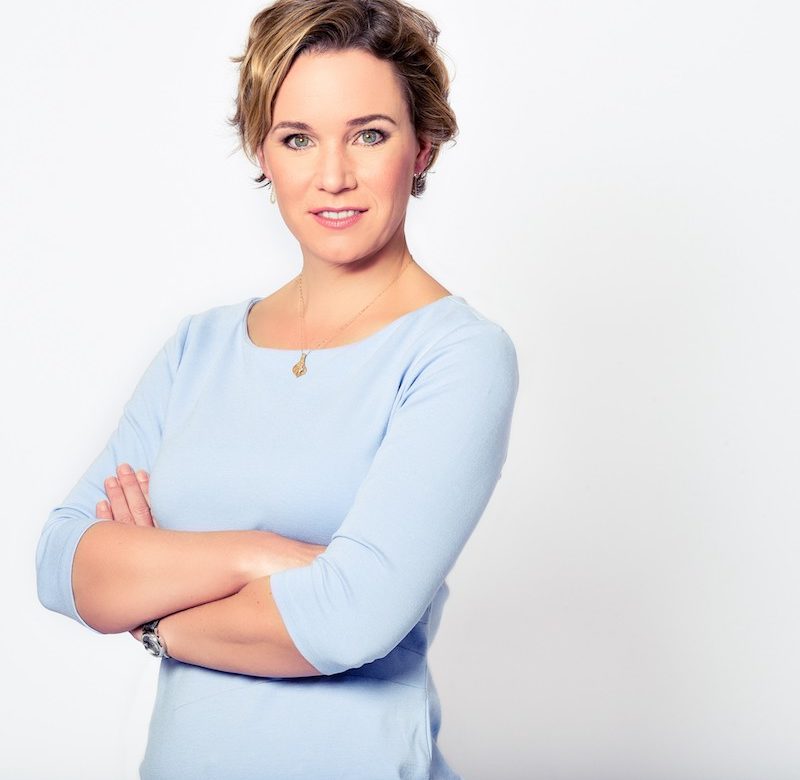We had a pleasure to chat with Christina Hirsch, Director Customer Experience & Digital Care Journeys at Vodafone Germany. As an expert in the field, she shared some interesting insights about the state of customer experience at Vodafone and in general.
You’re currently the Director of Customer Experience and Digital Care Journeys at Vodafone. What are your main responsibilities?
The role is quite broad. It covers Customer Experience for the German consumer business of Vodafone. Going x-departments and at all flight altitudes – from small fixes to big IT projects. We have a backlog that is prioritized with the key stakeholders whith topics to be solved across the company.
One key effort is digitizing the service experience – in times of WhatsApp people don’t want to call hotlines. The IVR will be substituted by a chatbot and handover to assisted support when required. This requires smart contact steering. The customer need has to be addressed as an entire guided journey, just putting information pieces on the website is not good enough.
And last but not least, service strategy and contact steering. The more digital the service becomes, the more critical is the quality on the remaining personal contacts and smooth handover between the channels.
Your LinkedIn says you’re also a post-Merger Transformation Lead for 2.200 employees with a project team of more than 200 people. What are your tips for managing such a big project?
Humble attitude. I was truly honored when I got the opportunity to take that lead. Success of post merger integration is mainly driven by emotions – do people buy in the vision and are they passionate about the new shape of the company? So it is crucial to take the right people along the journey, by the way an excellent training field to enter into servant leadership style. Listen and understand what is important. Build connections and a network of experts who know the operating business by heart. Give structure, but also space for empowerment. Let the team discuss and present their solution, anticipate conflicts and take care nobody loses their face.
Technically, it was quite a process driven entity, so we started with the design of the operating model and build the new organization from a process and end-to-end responsibility view. But the structure is really the easier piece. The right people are crucial to keep the team going.
Having over 15 years of experience in the CX field, what do you think has changed the most over the years?
From the consumer side: Level of patience. It used to be normal to be stuck in hotline waiting loops and live with broken processes. Today, customers have very little tolerance for complicated attitudes of big businesses.
From the company side: we used to build products, test technical maturity and throw them at our customers. Nowadays, we include the customer experience right at the product design. There are no boundaries between products and their experience
Telcos often face problems with gaining the customers’ trust. In your opinion, what are the most significant pain points?
History…Telco was close to public administration bodies for decades. It changed a lot over the last thirty years, but the rules of the game are hard to break. Even for non-incumbents.
Mindset – Telcos build their processes around technology and expect the customers to follow along. Outside in thinking is the new standard, but it takes time to adopt it naturally.
What do you do to keep improving customer experience standards at Vodafone?
Try innovations and test what really works for the customers. Many solutions seem good on paper but lack practical use.
To detect issues, we work with a mix of small data and big data. KPIs such as NPS and contact reason analysis are important, but we also test a lot and listen to the conversations of our agents and sales colleagues. Mistakes happen, we detect the patterns and change for the better.
What may also never be underestimated is C-level support for customer experience. I talk to other CX managers a lot – if the CEO does not support it, CX goes nowhere. Fortunately, we have a dedicated squad in place for CX measures, joined by our CEO and full support of the entire executive committee.
It’s always best to learn from true stories. Would you like to share an interesting customer experience case study from Vodafone?
Customers doing their contracts digitally remain more satisfied throughout their lifecycle. They are more tech savy and more confident on their decision. It is crucial to keep them in a pure digital journey, and not show the old telco face and asking to call the hotline because they don’t want to call.
We selected journeys with high dis-satisfaction levels and digitized them first. In our case, it was the onboarding & incident journey. Nevertheless, we continuously add functions to our MyVodafone App for all customers.
In your opinion, what will be the biggest challenges in the field of customer experience in 2020?
Keeping AI systems and chatbots in control. If the journeys go well, they are really fast and neat. If they do not, you are better not blind on customers getting lost in dead ends or repeating cycles.
Understand very well when technology is at the edge and a real person needs to take over
Thank you for your insights, Christina!
_________
Hungry for more e-commerce tips?




